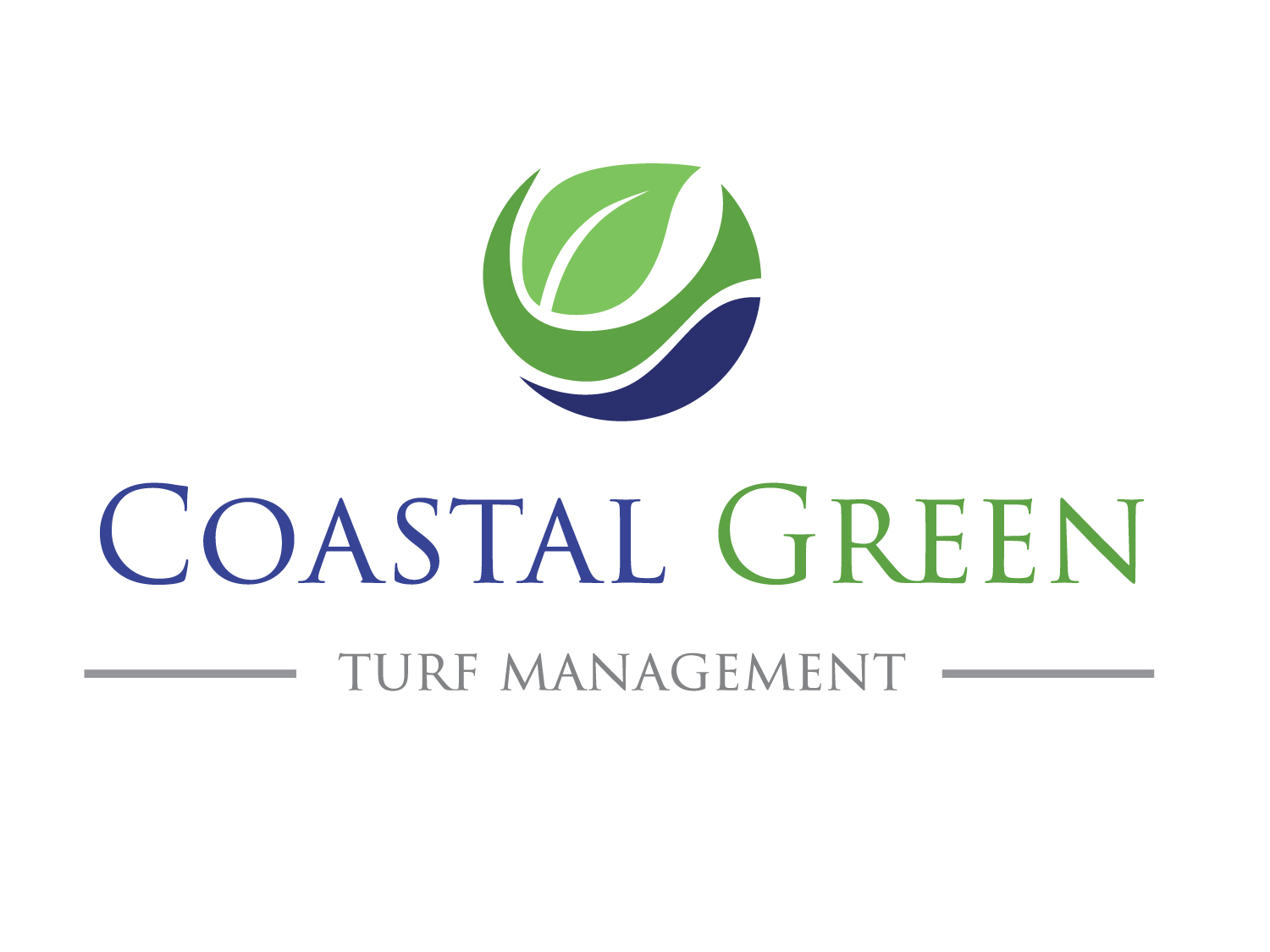Trees and large shrubs benefit from some summer pruning. When done for the right reasons, pruning creates healthy, vigorous plants. Summer pruning also keeps plants tidy and can allow you to provide better clearance, when necessary. Cutting back plants can also help you direct growth.
However, trees and shrubs should only be pruned if you have a good reason for doing so. Avoid pruning just because you haven’t pruned for a while. Keep in mind that not all trees and shrubs require pruning, and inappropriate pruning can misshape and unbalance plants and even open them up to pests and diseases.
To determine if and how you should prune your trees and shrubs, keep the following guidelines in mind. It’s a good idea to prune a tree or large shrub if you are:
- Removing dead, diseased, crossing or rubbing branches
- Improving air circulation or creating space inside of plants
- Directing new growth in a more desirable direction
- Shaping a plant that has become unruly
- Preventing hazardous situations
Guidelines for pruning:
Use the appropriate tools. The right tools make pruning more enjoyable and safer. Small cuts should be made with hand-held pruners, while larger cuts should be made with loppers. Extra big branch cuts of more than an inch in diameter should be made with a hand saw. Also always protect your hands when pruning with durable gloves and wear protective goggles to protect your eyes.
Consider timing carefully. Wait until just after any fruiting and flowering is complete to cut back. Prune a tree or shrub that produces fruit or flowers too early, and you’ll cut off fruit and flowers. Prune the shrub or tree too late, and you may cut off growth that would have produced fruit and flowers next year.
Cut a tree or large shrub back by no more than one-third at any given pruning session. Prune to shape young trees, but never cut back a tree’s main stem or stems (its trunk) where all growth originates. Also avoid pruning off lower side branches on young trees for a few years, which leads to the growth of a broad, strong trunk.
Make cuts just above a leaf node or bud, which encourages new growth at that point. Check the direction the leaf node is pointing, because this is the way the new branch will grow.
To properly prune a large limb and avoid tearing the bark:
- Cut the branch a foot or so from the trunk halfway through from below.
- Make another cut from above to meet up with the cut from below, which will sever the heavy limb and make the remaining nub easier to manage.
- Make a final straight and clean cut just outside the branch collar, which is the swollen part at the base of the trunk. It is important not to cut into the collar, because doing so invites in pests and diseases.
Pruning houseplants. Summer is also a good time to cut back trees and shrubs in your indoor garden. Keep in mind when pruning houseplants that they grow much more slowly than outdoor plants, so avoid over-pruning.
We provide the following services for your trees and shrubs: Tree and Shrub Fertilization – Tree and Shrub Targeted Insect Control and Tree and Shrub Disease Control! Give us a call for a free quote!

Myrna Gutierrez is at the core of Coastal Green Turf Management, driving the company’s success in providing top-tier turf management services. Her expertise in creating and maintaining vibrant, healthy green spaces has established Coastal Green as a leader in its field. Myrna’s commitment to sustainable practices ensures that every project promotes ecological balance while achieving the aesthetic and functional goals of clients. Coastal Green Turf Management is dedicated to transforming landscapes into lush, green environments that clients can enjoy for years to come.
Contact Us
"*" indicates required fields
Myrna Gutierrez
“ Myrna Gutierrez is at the core of Coastal Green Turf Management, driving the company’s success in providing top-tier turf management services. Her expertise in creating and maintaining vibrant, healthy green spaces has established Coastal Green as a leader in its field. Myrna’s commitment to sustainable practices ensures that every project promotes ecological balance while achieving the aesthetic and functional goals of clients. Coastal Green Turf Management is dedicated to transforming landscapes into lush, green environments that clients can enjoy for years to come.”

